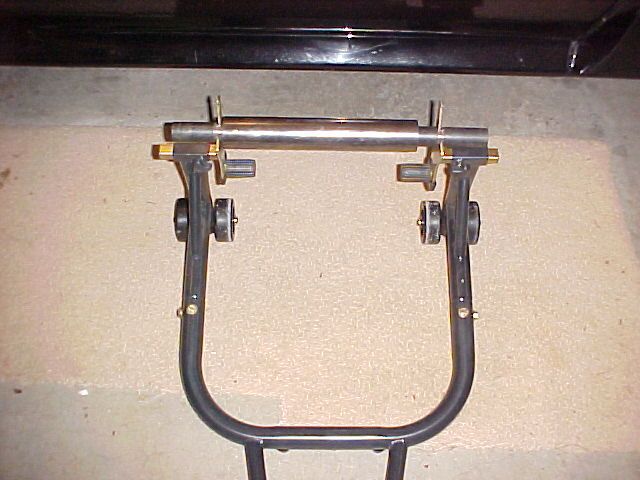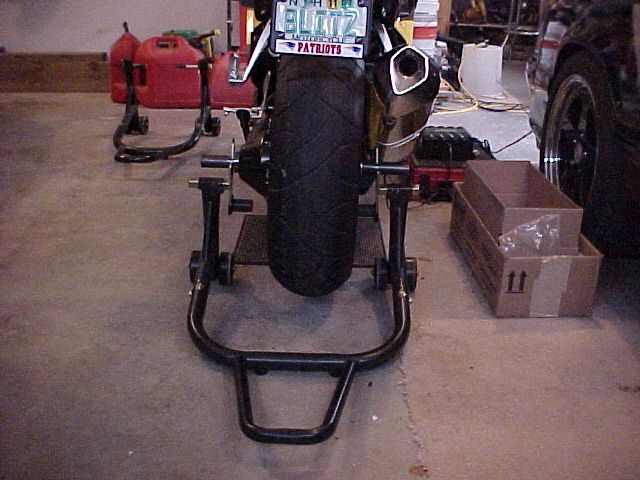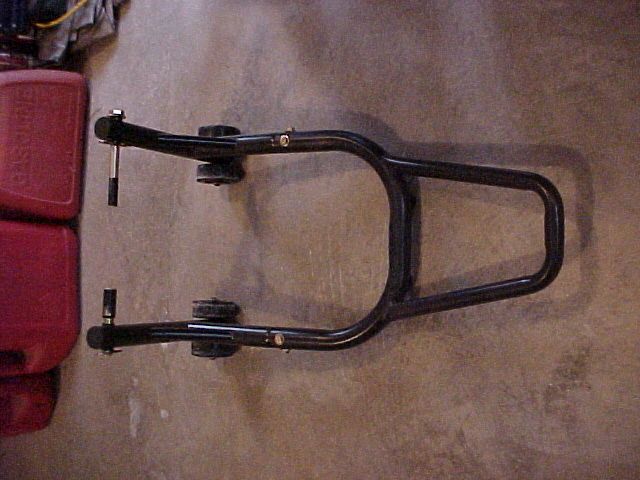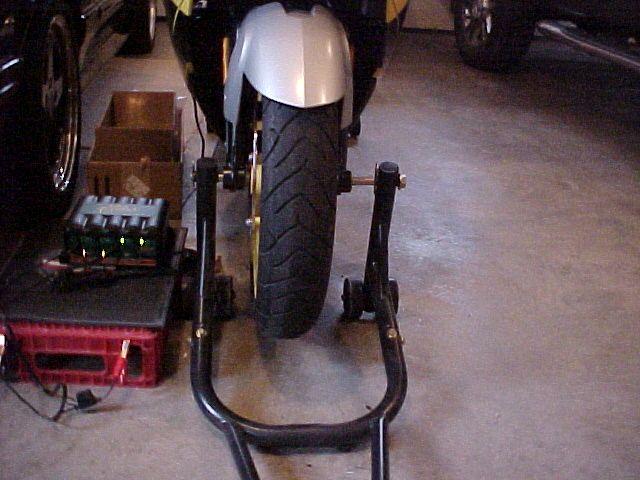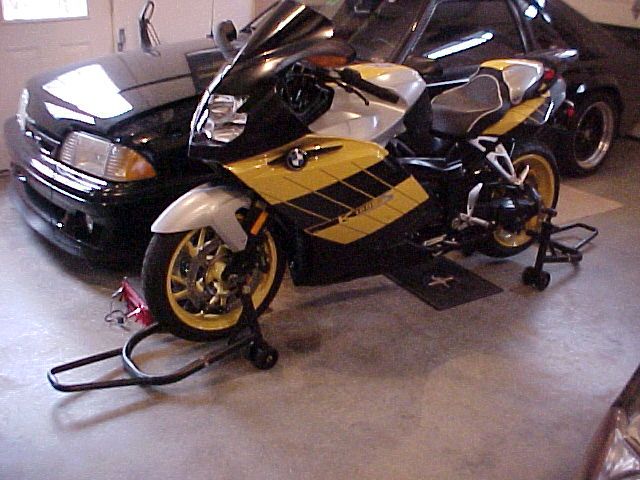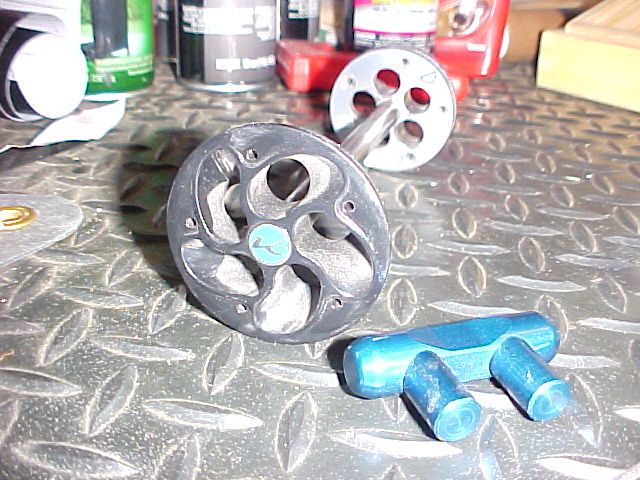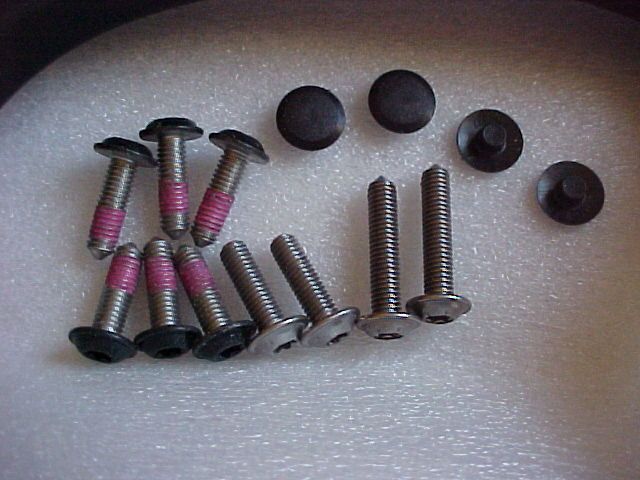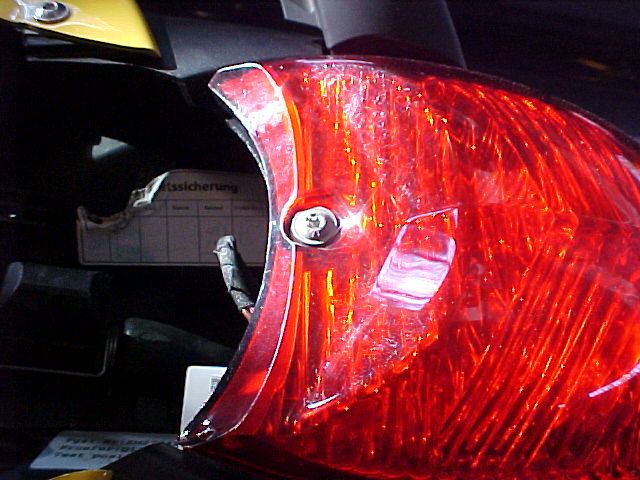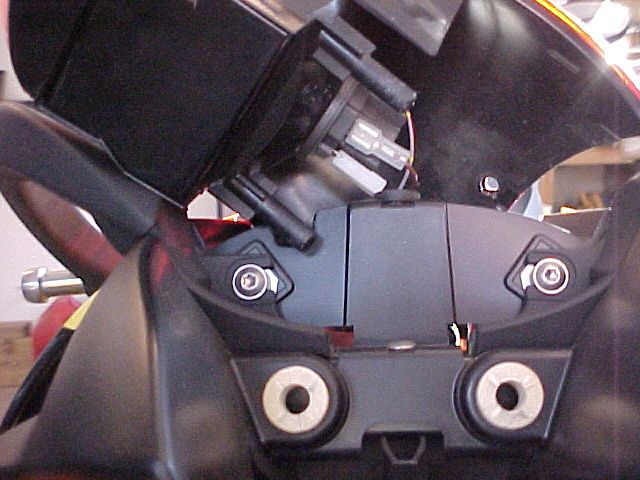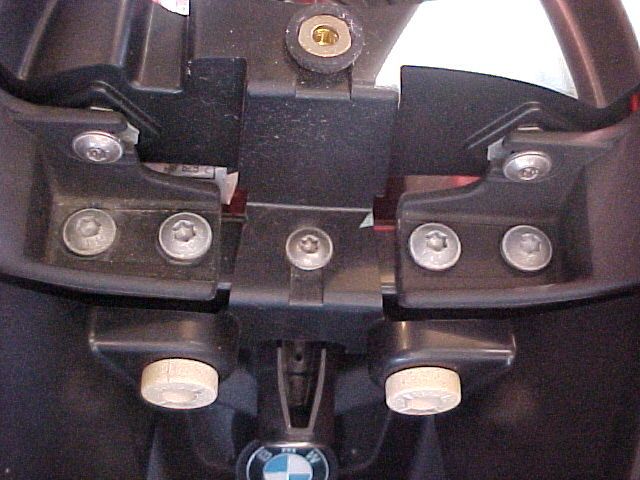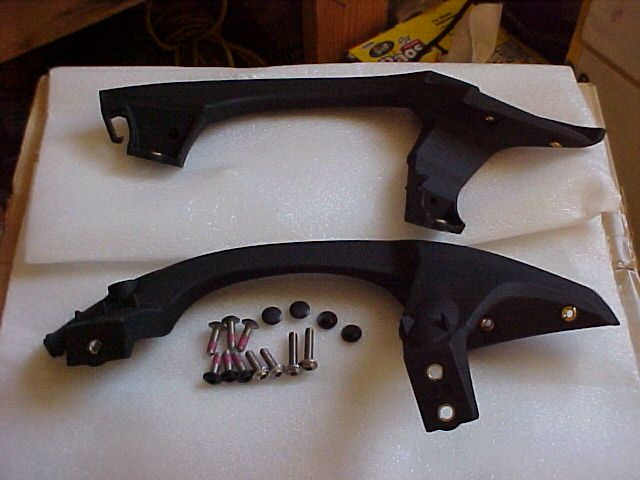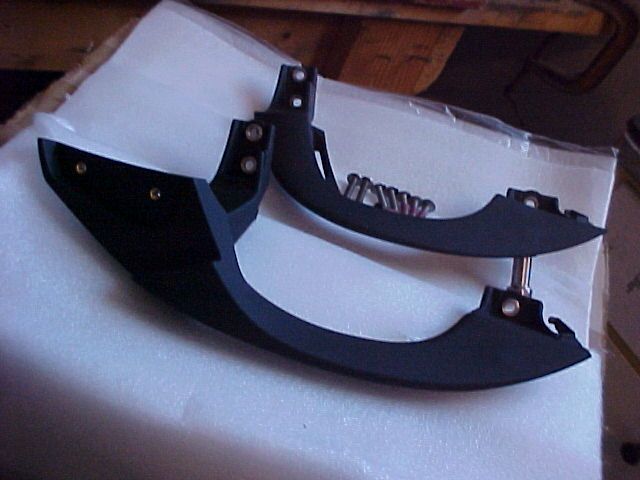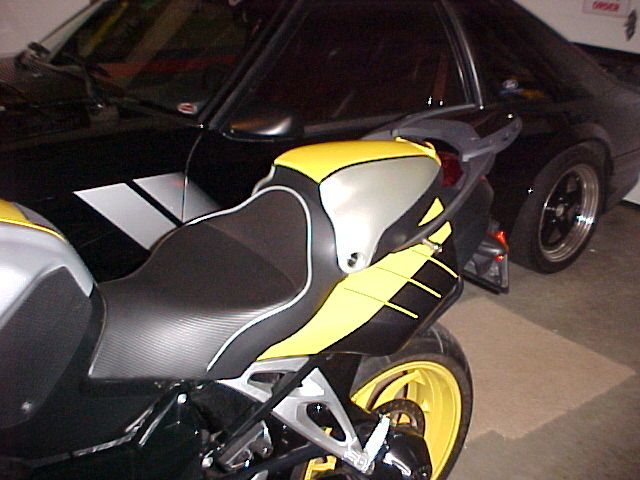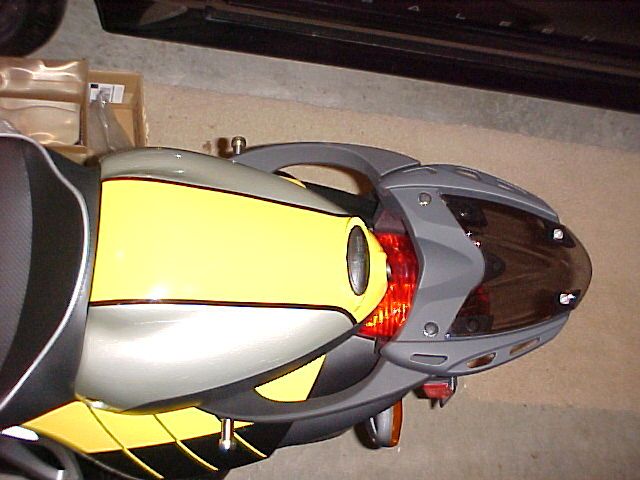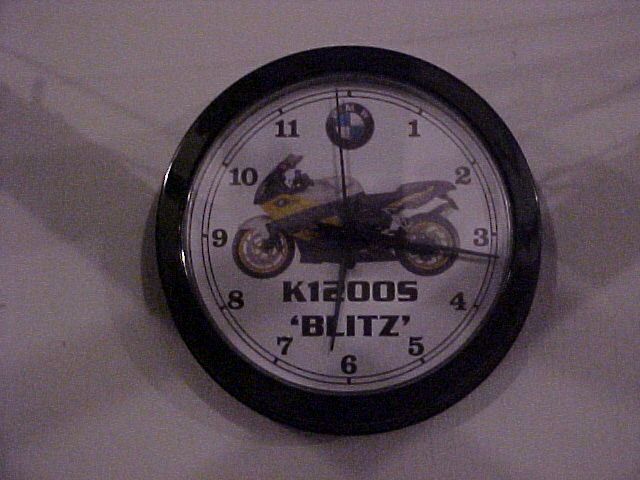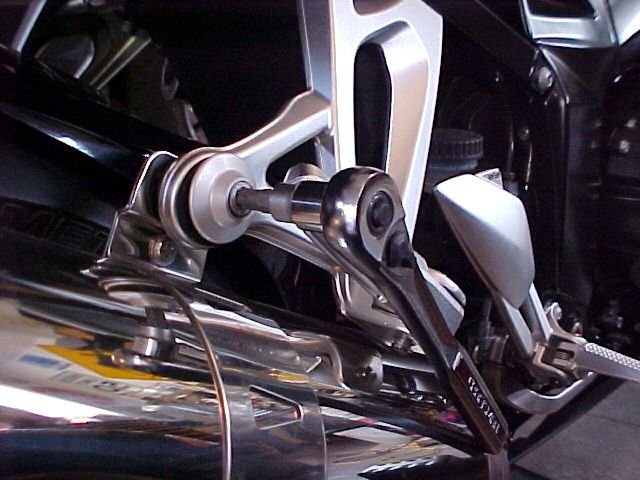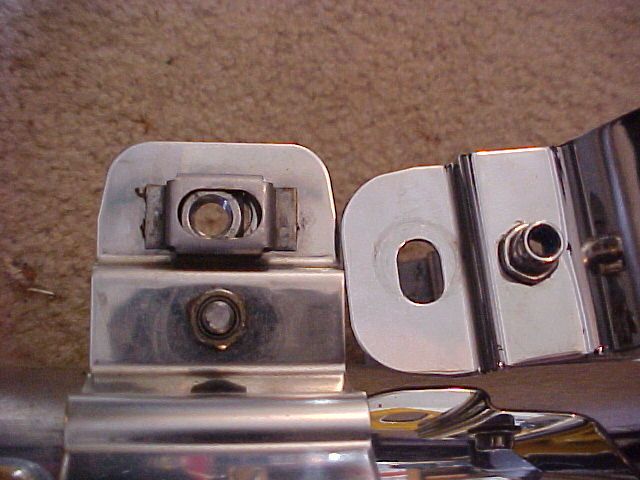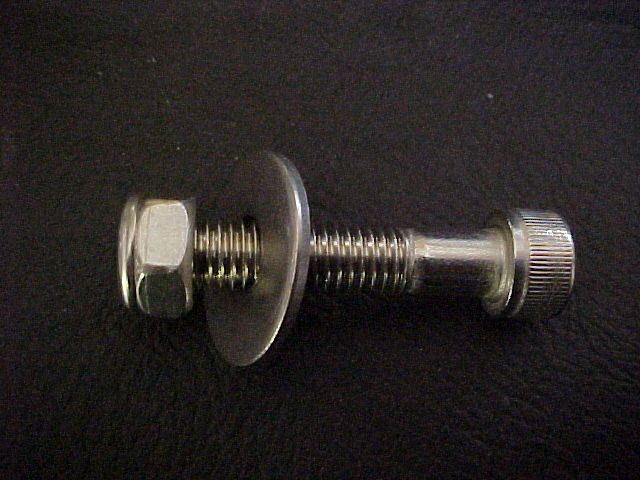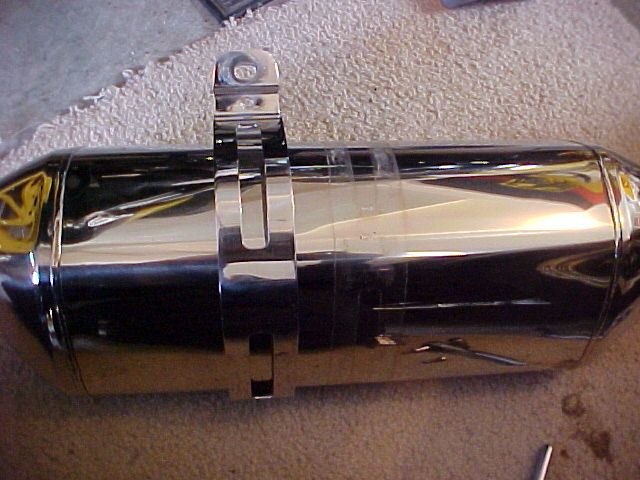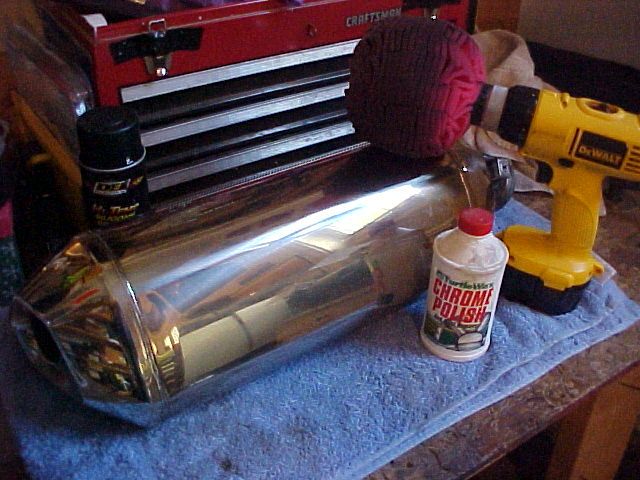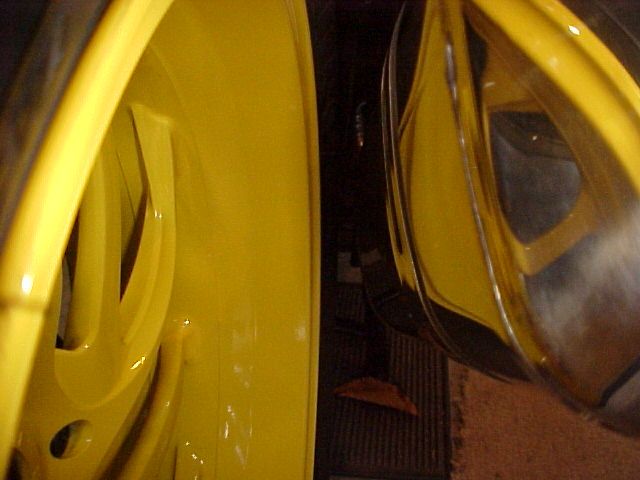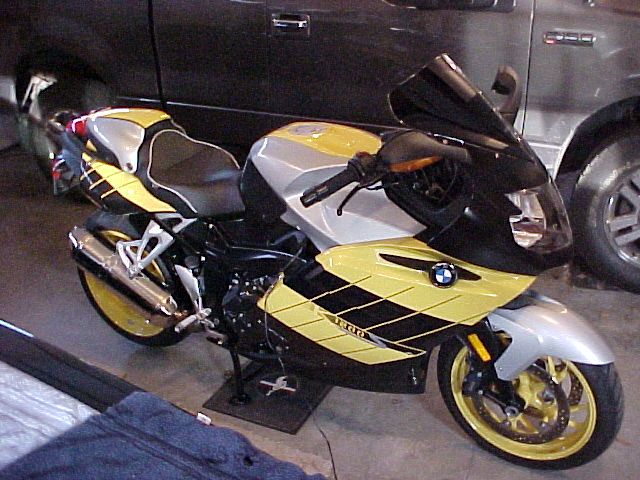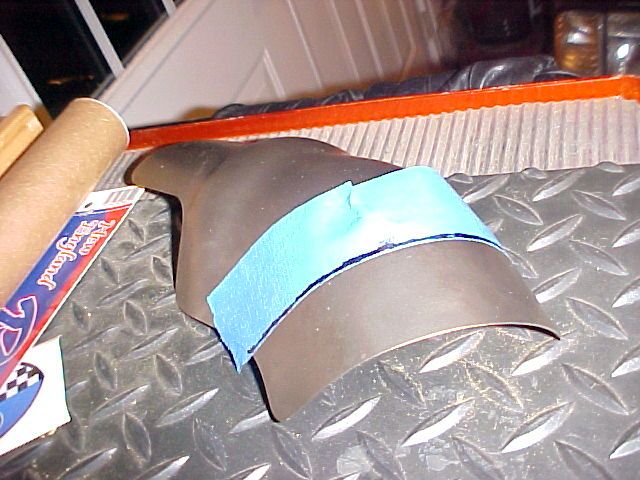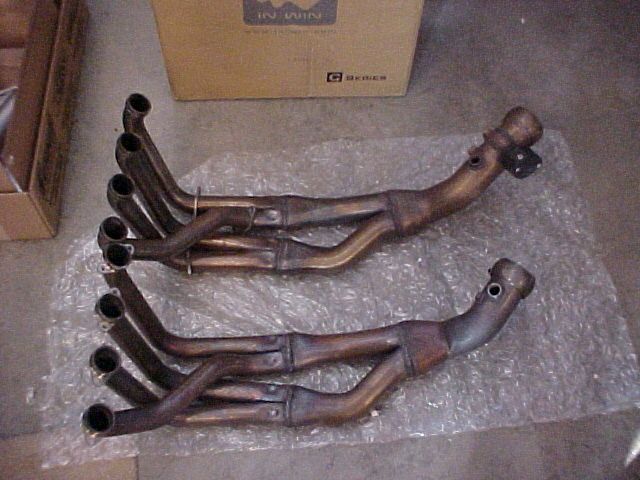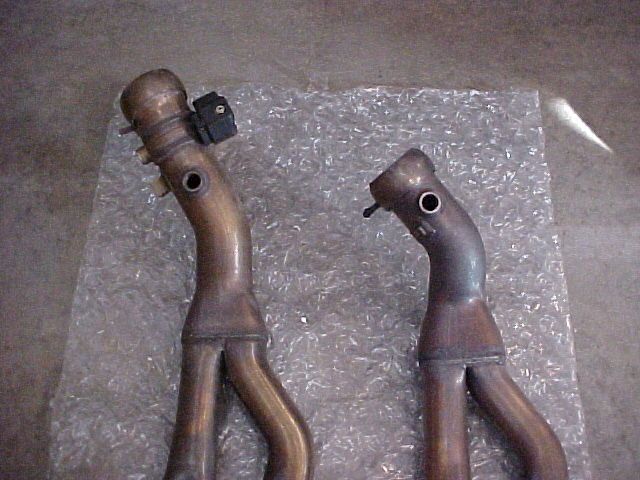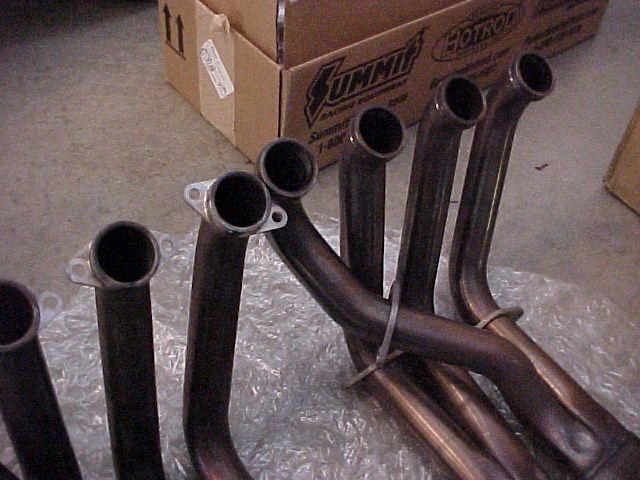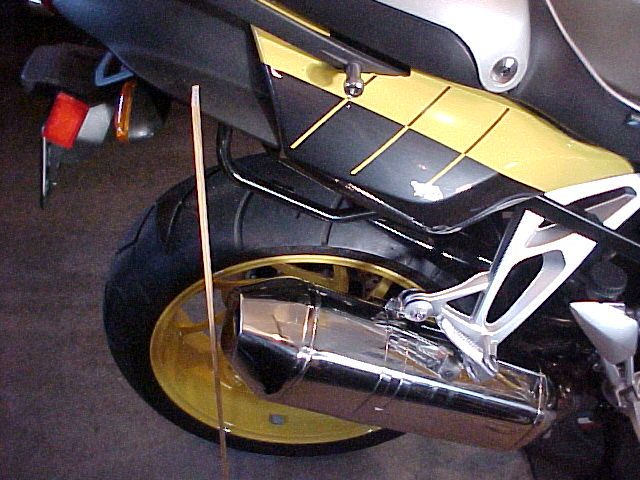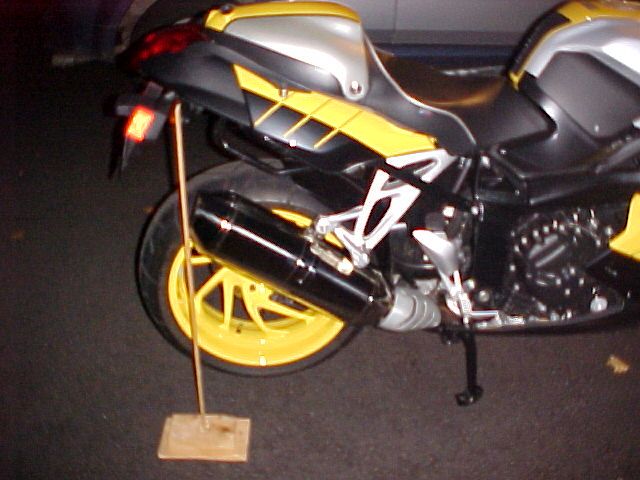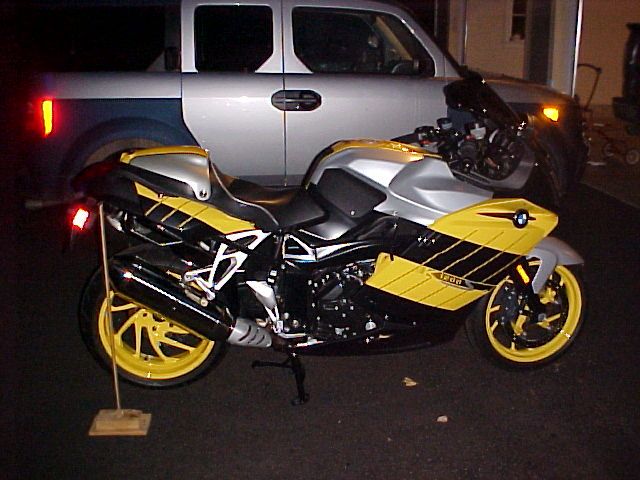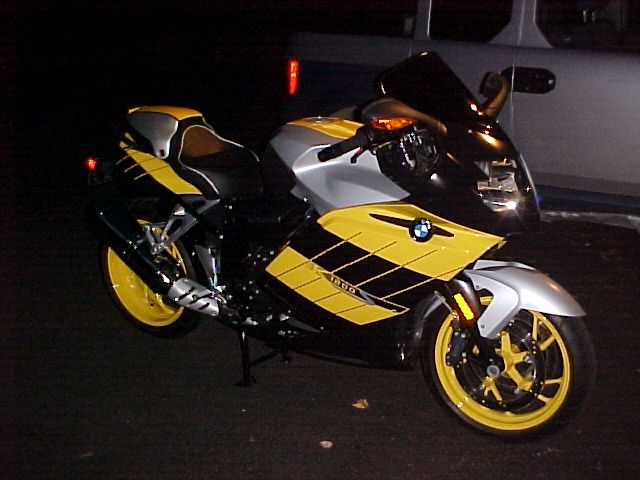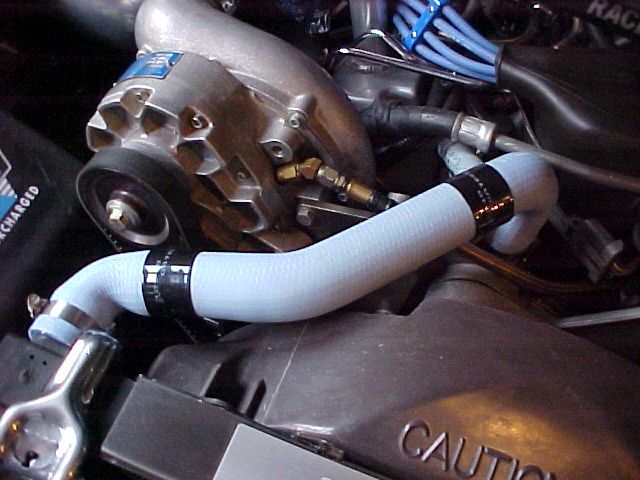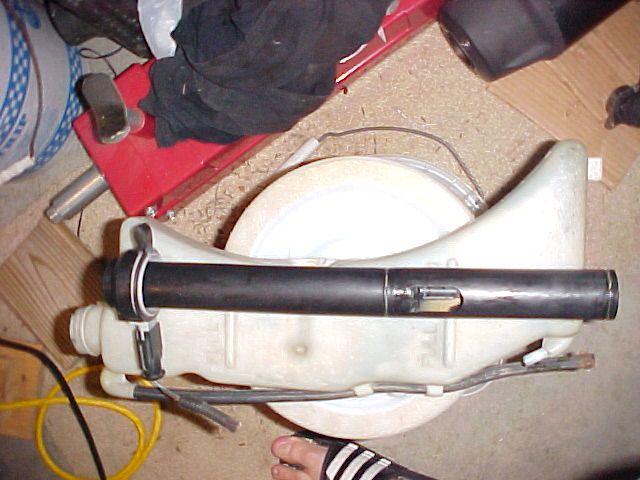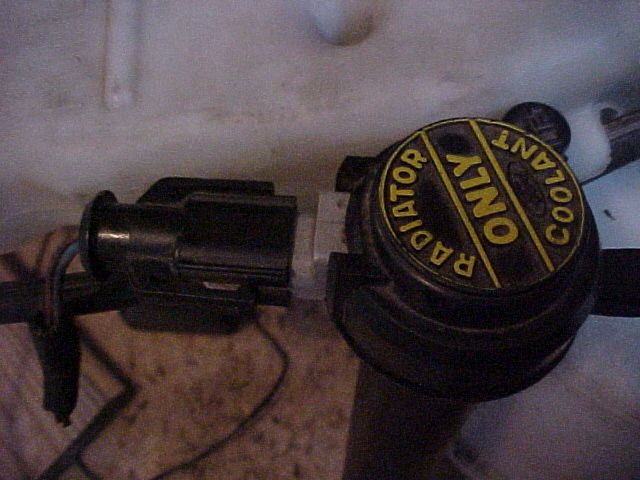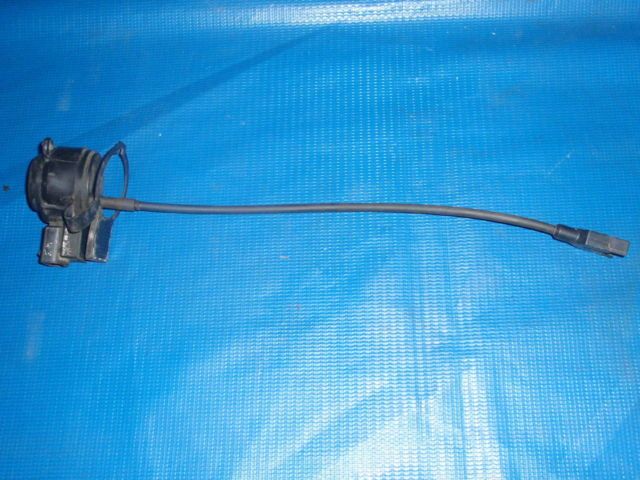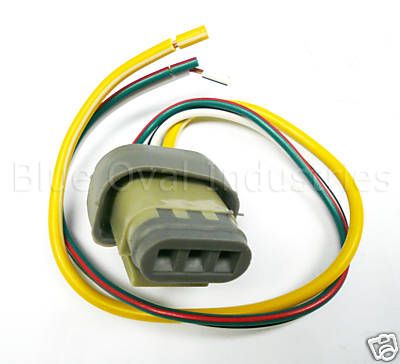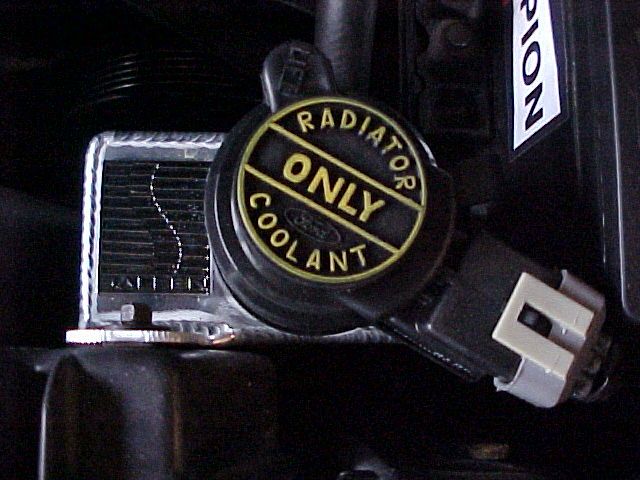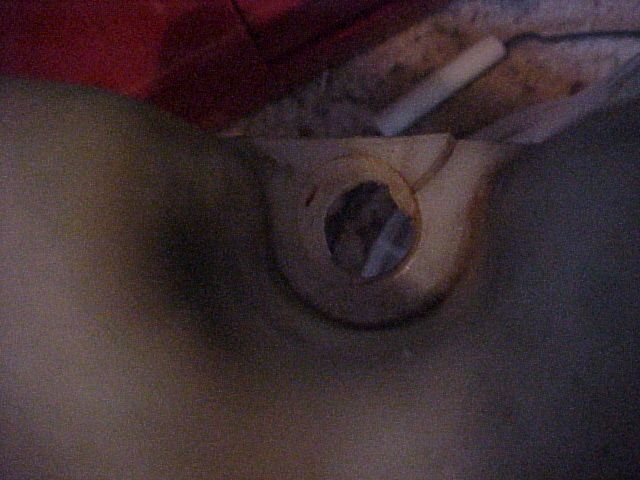When I first got my bike, I viewed a set of stands as a necessity, for working on the bike and, more importantly for stable Winter storage. Being naive, I began searching the internet for BMW K bike stands. Imagine my surprise when I discovered that any decent set cost in excess of $600!! I guess I was just spoiled by years of simple sport bike stands costing around $150 a set! I already had a brand new set of T-Rex stands, from my previous Ninja, that were brand new. They are well-built, heavy duty stands, that should be more than capable of holding my K1200S a few inches in the air. I did not want to pay $600+ for a set of stands, and I figured with a little ingenuity and fabrication, I could make my excellent stands, already on-hand, do the trick.
The first thing I did was fabricate a bar, to go through the BMW swingarm, that would, in a sense, provide two mounting/pivot points for the standard sport bike stand. I cut down an old Mustang axle that I had laying around (free) to the proper length, and gave it a try. I also had a local machinist cut two grooves, on his lathe, for the bar to rest perfectly in the stands 'claws'. The diameter of the axle is only 1.25", which I thought would be fine. What I didn't count on is that the bike would not sit level on the small diameter steel tube, it wanted to lean, to the passenger side, and 'rock' on the small diameter steel bar! Quite a pucker factor the first time I tried it out!! Luckily, the bike was still held, somewhat stable, albeit leaning precariously to one side! With the help of my wife, for assistance, I was able to get the bike off of this leaning perch. I realized that the bar, going through the final drive and swingarm, needed to be the same diameter as the pass through, (around 2.125) duh!! The bar would also have to have a smaller diameter, at the ends to sit in the stand's claws as well. Fortunately, I found a place that sells 1' and up lengths of all different types of metal, on line. There was a piece of round stock that measured 2.125 on the outside and exactly 1.25 on the inside! With shipping it was less than $50, if memory serves. I tried this combination out and it worked, perfectly. I was able to tap the axle tube, into the new, thicker stock, and it was a tight fit! Bear in mind this stand is only for storage, and a more permanently stable platform. Obviously it will not work for any type of wheel or final drive type of service. I have since purchased a Black Widow single side swingarm stand for these duties. Or I can use my center stand, lol! Here is a pic of the bar:
And a pic of the stand, with the bar, off of the bike:
Finally, the rear stand, holding up the bike:
Since I had finally licked the rear stand, I moved on to the front. Surely this would be much easier! As it worked out, the stand, worked correctly, as it was intended on my K1200. Meaning that the standard two padded lift point (2 per side) will properly lift the K bikes, well off of the ground. This accomplished by setting the stands mounts at the bottom of the front wheel 'forks' if you will. Taking extreme care as not to pinch the ABS wire that is neatly tucked right in the way! This arrangement would be fine, short term, for working on the bike, removing the wheel etc. However, I was looking for something more permanent, and stable, like I had done on the rear. I decided to pick up the bike from the front wheels center, pass-through hole, similarly to what I had done at the rear. Luckily (again) the T-Rex stands came with a variety of lifting pins, and I was able to convert one of them, by removing the thick pad, and it slid directly into the right hand side of the front wheel. The left hand side has a smaller diameter, and would require a longer pin, as well. I adapted a large grade 8 bolt, by drilling it for a clevice pin. I would need to be able to slide this bolt, in and out of the wheel, to set-up and then remove the stand. A simple arrangement, really, and it works well, and is extremely stable, as I required. I added the military spec tape, just to prevent scratching from the hard, bare metal pins, as they slide in and out of the wheel. Here are the pins:
The entire stand:
And holding the front wheel up in the air; not quite as high as lifting from the forks, but high enough:
Finally, the entire bike, with both stands in place, ready for her long Winters rest!
All in, including the original purchase price of the T-Rex stands, and the new bits, I am only in for about $175 -- Bargain!!
Bonus pic of my Wunderlich 'Tornado' final drive cover. IMO, the nicest piece available for our bikes, and certainly the best built. I painted mine black, to match my frame. It stinks that most accessories, such as these are available only in silver or titanium grey. These bikes are available with (best looking color) black frames too!!

